Literature is filled with fictional portraits. Visual art and the written word can intertwine in glorious ways.
Dorian Gray’s mysteriously aging painting springs to mind and both the image of Lady Audley in Lady Audley’s Secret and descriptions of art in The Woman in White are excellent examples of Pre-Raphaelite principles used within a novel.
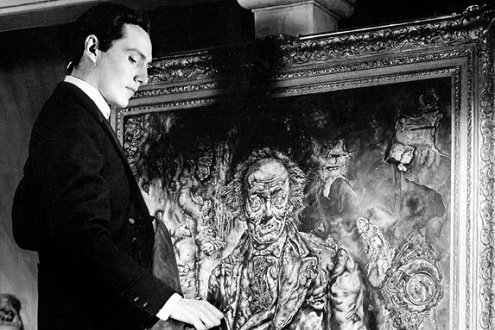
One of my favorite examples of art used as a plot device is Edgar Allan Poe’s story The Oval Portrait. It is one of Poe’s shortest pieces, but despite its brevity, it sparks a lot of ideas and parallels I’d like to pursue. You can read the full text at PoeStories.com.
“She was a maiden of rarest beauty, and not more lovely than full of glee. And evil was the hour when she saw, and loved, and wedded the painter. He, passionate, studious, austere, and having already a bride in his Art; she a maiden of rarest beauty, and not more lovely than full of glee; all light and smiles, and frolicsome as the young fawn; loving and cherishing all things; hating only the Art which was her rival; dreading only the pallet and brushes and other untoward instruments which deprived her of the countenance of her lover.”–The Oval Portrait
The Oval Portrait is the tale of a painter who paints his bride so obsessively that he ignores everything but his endeavor to recreate her image on canvas.
Only when the painting is complete does he realize that she has died while posing for his work. In his book Gothic: Four Hundred Years of Excess, Horror, Evil, and Ruin, Richard Davenport-Hines calls the story an example of ‘aesthetic vampirism’. I dig that description.
The fictional artist may not be a vampire with the usual trappings of fangs, immortality, and hypnotic, sensual power but he has an identifiable vampiric quality: the need to use her for his own aims, a need that takes precedent over her own life. He’s both objectifying and exploiting her, feeding off of her beauty to nourish his work. Perhaps recreating her features artistically is an attempt to own both her and her image completely.
Or it could be that he has no desire to dominate her, but lacks the empathy to understand anything other than his own need to create. To him, she exists simply to fulfill that need.
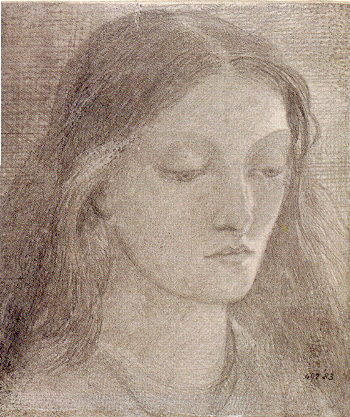
Gothic tales contain an element of decay, usually a crumbling old home in which a virginal beauty appears center stage. In Poe’s story, we can infer that the decay will be the wife’s body itself, that while her beauty is preserved through her husband’s brush, his need to replicate her with his own hand consumed him to the point that her life is expended and her physical being will now begin the unsightly process of decomposition. What was beautiful and full of life will now break down and rot. No more life, only an artistic representation of life.
Ars Longa Vita Brevis. Art is long, life is short.
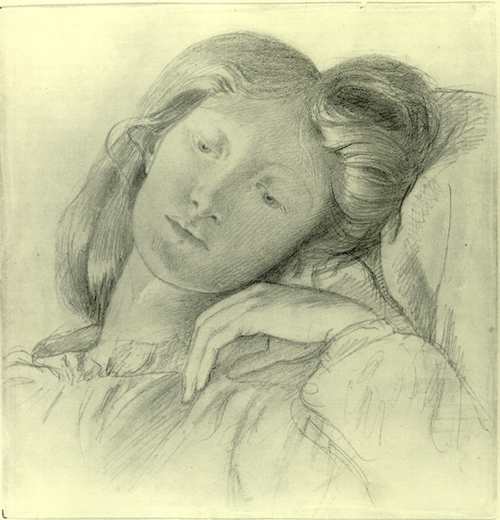
I’ve included several drawings of Elizabeth Siddal in this post because the parallel with Poe’s story is simply too hard to resist. Siddal was the muse of Pre-Raphaelite artist Dante Gabriel Rossetti. They married after a ten-year on/off relationship. A painter in her own right, she appears in many famous works by other artists, such as Sir John Everett Millais’ Ophelia.
Rossetti drew and painted her repeatedly, perhaps obsessively. When she died in 1862, Rossetti placed the manuscript of poems he was working on in her coffin, saying that he had spent time on the poems when he should have spent that time with her.
Like Poe’s fictional artist, Rossetti recognized that there were times when he placed his artistic pursuits over the well-being of his bride.
Rossetti would later have her exhumed to retrieve the poems.
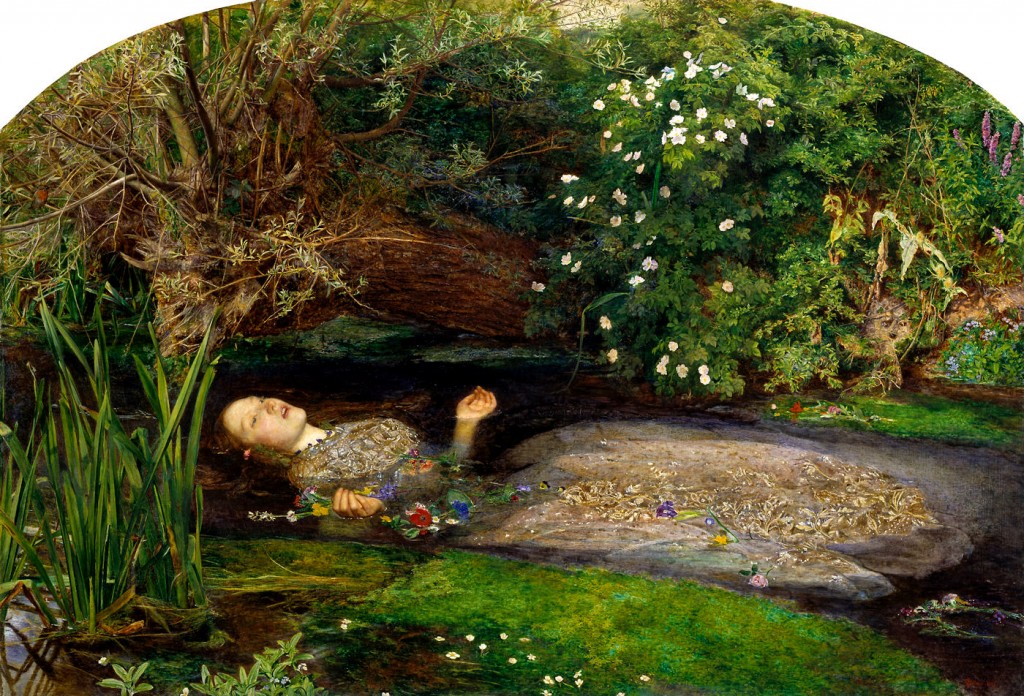
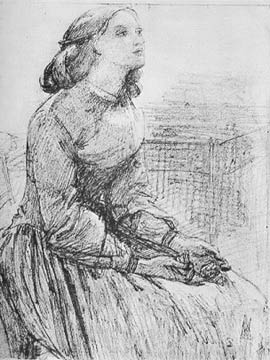
The Oval Portrait can be seen as an exploration of monomania. Interestingly, artist Ford Madox Brown used that very word when he mentioned Rossetti’s countless drawings of Siddal in his diary, saying “God knows how many, but not bad work, I should say, for the six years he had known her; it is like a monomania with him. Many of them are matchless in beauty, however, and one day will be worth large sums.”
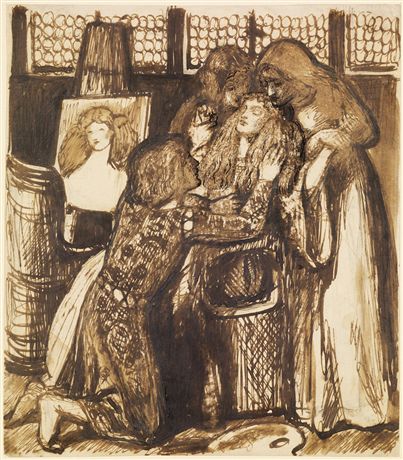
Drawing a parallel between Poe’s story of ‘aesthetic vampirism’ and images of Siddal is not the only instance of vampires and the Pre-Raphaelite muse. I’ve previously written about the possibility that Dracula author Bram Stoker was inspired by Elizabeth Siddal’s death and later exhumation in the post Did Elizabeth Siddal Inspire Bram Stoker?.
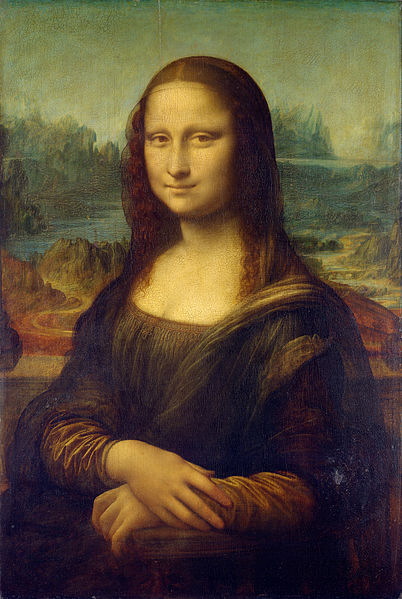
Speaking of ‘aesthetic vampirism’ brings to mind Walter Pater’s The Renaissance in which Pater inventively described Leonardo Da Vinci’s Mona Lisa:
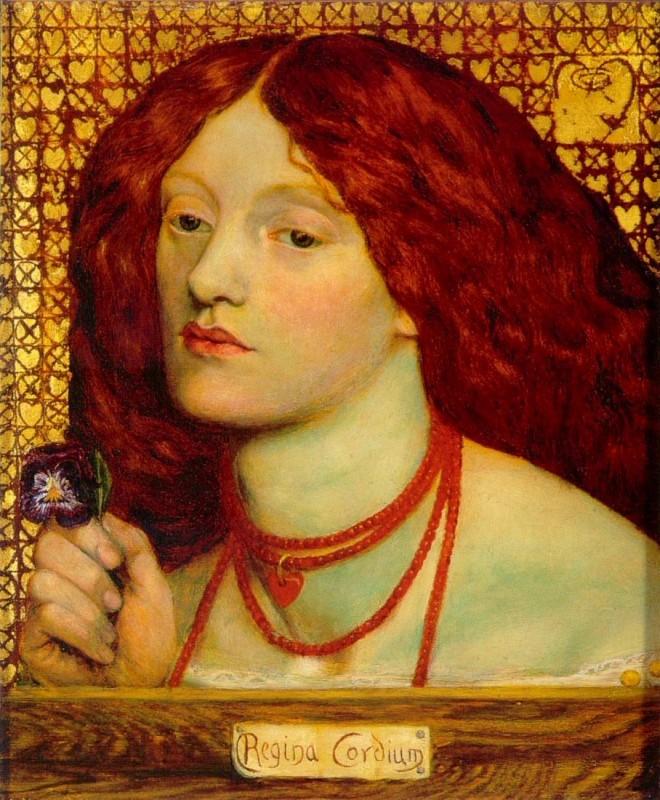

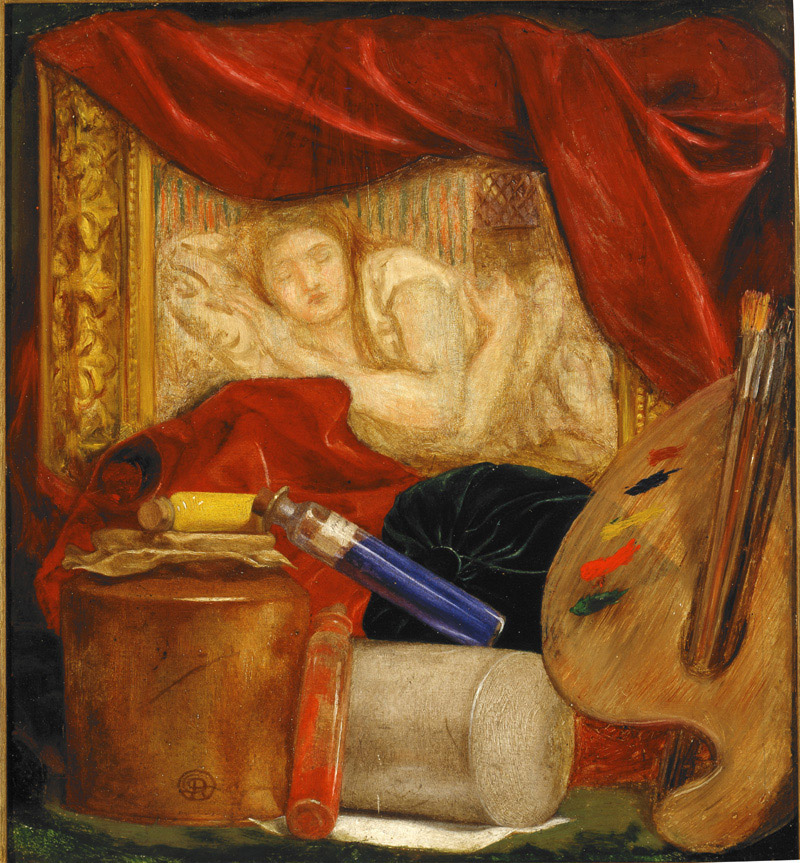
I love this article 🙂 I think I will share it on my blog’s Facebook page, as I think many of my readers will appreciate it.
Great read!